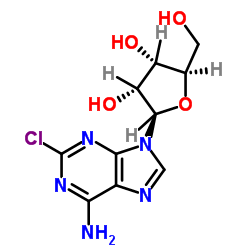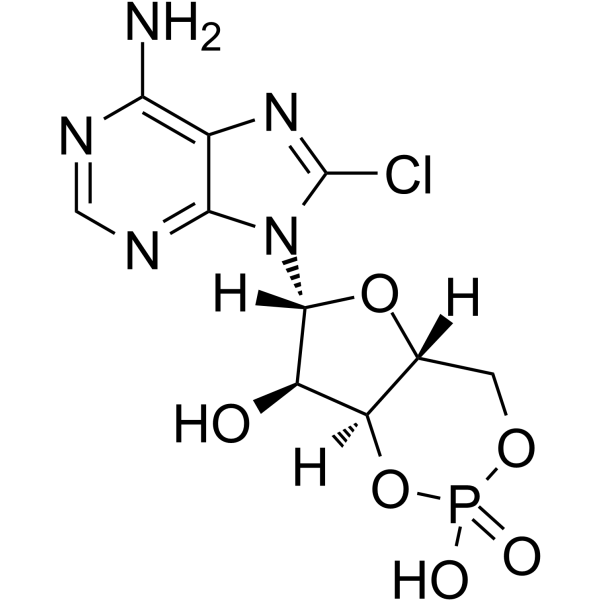| Structure | Name/CAS No. | Articles |
|---|---|---|
 |
2-Chloroadenosine
CAS:146-77-0 |
|
 |
8-Cl-cAMP
CAS:41941-56-4 |